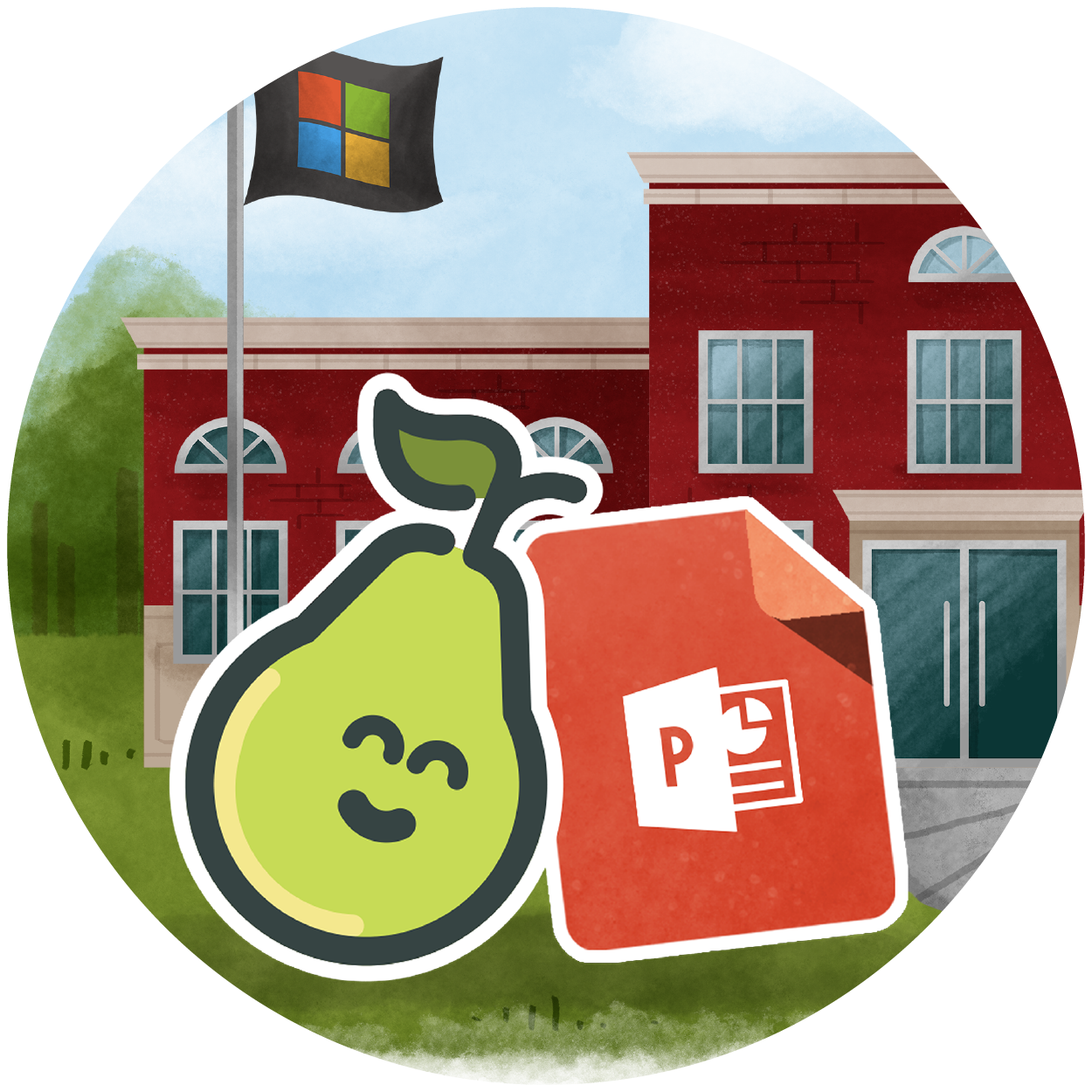

- #Use pear note for college how to
- #Use pear note for college plus
- #Use pear note for college professional
is a developmental learning opportunity.įor principals and school leaders: Integrating peer observation within existing structures, such as your school strategic plan, will facilitate a greater line of sight between personal and collective improvement goals.can help teachers continue to improve their practice in ways that better promote student learning.
#Use pear note for college professional
#Use pear note for college how to
Find out what it is and how to get started. Canadian Journal of Plant Pathology 6:63-70.Peer observation is one element which teachers may choose to focus on during their Epidemiology, cultivar susceptibility, and chemical control of Gymnosporangium fuscum in British Columbia. Reference Ormrod, D.J., O'Reilly, H.J., Van Der Kamp, B.J., and Borno, C. These products include Merivon and Pristine. Note: Some registered products offer only suppression of this disease and thus are not recommended for use. It is unknown if there is a PGR effect on shape when using these products during bloom. Do not combine 6 lb/A prebloom or 3 lb/A all-season schedule.

Mancozeb products such as Dithane, Manzate Pro-Stick, or Penncozeb at 3 or 6 lb/A. previously written a letter on behalf of the candidate as part of the candidates initial application to Carleton College.'Concord' grapes may be injured if accidentally sprayed.
#Use pear note for college plus

Aecia can develop by mid-June and into the fall and again another growing season if on perennial parts of tree. They are up to 6 mm high and rupture along lateral slits. Unlike other rusts, acorn-shape aecia form on the lower leaf surface. These symptoms occur in spring and can be confused with other rust species. Leaf lesions can grow together and cover much of the leaf surface when the disease is severe. Occasionally, infected fruit mummifies and falls to the ground. Symptoms Yellow to bright orange leaf spots appear on leaves, fruit, twigs, and branches of pear. Most popular ornamental junipers are susceptible such as J. Aeciospores are dispersed to nearby junipers in the fall causing a perennial infection.įlowering pear (Bradford) and Asian pears are susceptible as well as fruiting pears. Aecia form on the underside of leaves late summer and into the fall. Basidiospores are dispersed at night to rosaceous hosts such as pear causing an annual infection. Telia are extruded from Juniper galls during wet weather in early spring. As of 2018, the disease has not been a problem in commercial orchards in any PNW locations including BC. Found in western Oregon on pear starting in 2016 (Benton, Clackamas, and Marion, and Multnomah counties only). Since then the disease has been commonly found on pear leaves in western Washington. Then it was found on pear in the Bellingham, WA area just south of the Canadian border in 1997. The disease was established only in southern British Columbia and Contra Costa County, CA. Pyrus) and the other in the coniferous Cupressaceae, usually a Juniperus species, which have common. Rust fungi in this genus have complicated life cycles that alternate between two different hosts. The disease affects pear and juniper, which is the alternate host of the fungus. The rust on pear trees (Pyrus spp.) is caused by several different fungi in the genus Gymnosporangium. Pear ( Pyrus spp.) - Pacific Coast Pear RustĬause Gymnosporangium sabinae (sometimes referred to as G. Juniper ( Juniperus spp.) - Pear Trellis Rust


 0 kommentar(er)
0 kommentar(er)
